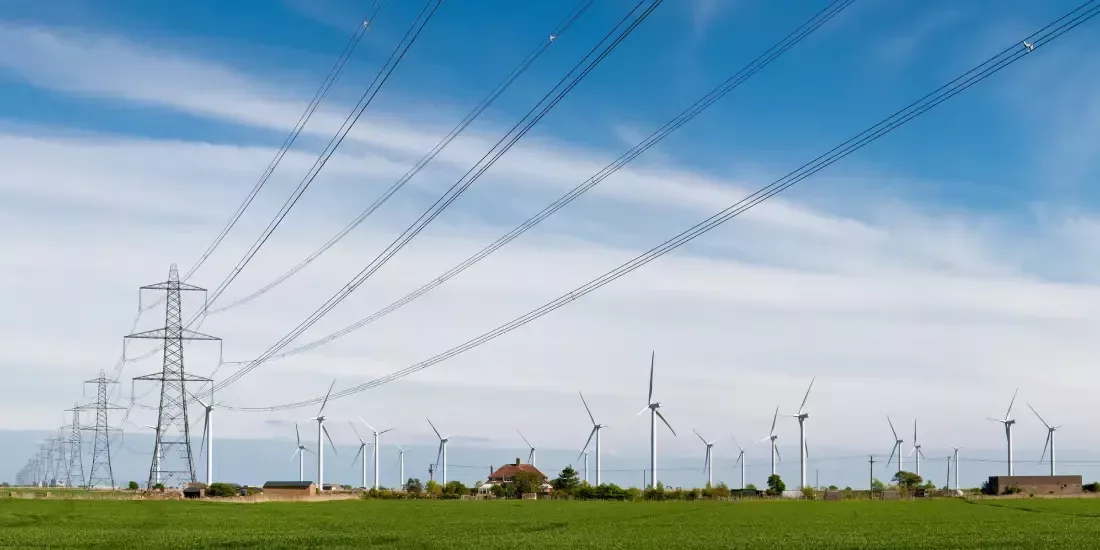Renewable Myths Dispelled

You may have come across people arguing against the dependence on renewable technology, either because they have ties in fossil fuels or because they’re resistant to change. They may have even tried to convince you with myths about renewables that make them seem worse than they actually are. As renewables have become the cheapest form of electricity generation for 91% of the world, here are several myths debunked with real-world data.
1. A grid reliant on renewable energy is unreliable
To measure the reliability of a grid on its renewables, the System Average Interruption Duration Index (SAIDI) is used. This measures the typical duration of power outage a customer will receive per year. The lower the metric, the better performing the grid.
In 2020, Germany’s grid measured 0.25 hours. Liechtenstein was 0.08 hours, while Finland and Switzerland were 0.2 hours. In Europe, electricity generation was 38% from renewable sources, which was much better than the global average of 29%. France measured 0.35 hours of downtime and Sweden measured 0.61 hours, but these countries were more reliant on nuclear power at the time.
In America, renewable and nuclear energy accounted for 20% of electricity production in 2020. Their SAIDI measurement was 1.28 hours, but this isn’t due to the use of renewables. From 2006-2020, Germany’s renewable electricity generation pretty much quadrupled, which almost halved its power outage rate. Texas increased its wind production sixfold between 2007 and 2020, which accounted for a fifth of its electricity supply.
2. Countries need to rely on fossil fuels to back up wind and solar power
Between 2010 and 2020, Germany decreased its fossil fuel generation by 130.9TWh and its nuclear generation by 76.3TWh. During the same timeframe, renewable generation increased by 149.5TWh. Energy savings also helped to reduce consumption by 38TWh in 2019. This shows that as the reliance on renewables improved, so too did the grid’s efficiency.
3. Solar and wind can’t generate power 24/7, so the grid can’t rely on them
Managing power output is what national grids have done since they were first put to use. Demand varies throughout the day and year, and as such no power plant operates on a 24/7 basis. Solar and wind power are often dependent at different times, which makes it less likely that they will both be unavailable at the same time. Non-renewables are more intermittent.
In terms of other electricity sources, seasonal droughts reduce how effectively hydroelectric dams can run. Nuclear power plants need to be shut down for safety concerns, refuelling or maintenance. Fossil fuel plants and nuclear stations are out of order between 7-12% of the time. When it comes to coal, refuelling can be prevented by train derailment or bridge failure. In France, every nuclear power plant was shut down for 96.2 days on average, which increased to 115.5 days in 2020. This caused them to generate less than 65% of the electricity they could have produced.
As limits for solar and wind power are more predictable, the use of batteries and power storage can be used to mitigate its effects. Outages can be for shorter periods of time compared to other power generation sources, making it more manageable. As battery options have become cheaper over the years, it isn’t too much of a stretch to rely on stored power.
Interested in making use of renewables? Find out how much you'd pay for solar panels or a battery by clicking on the button below.
